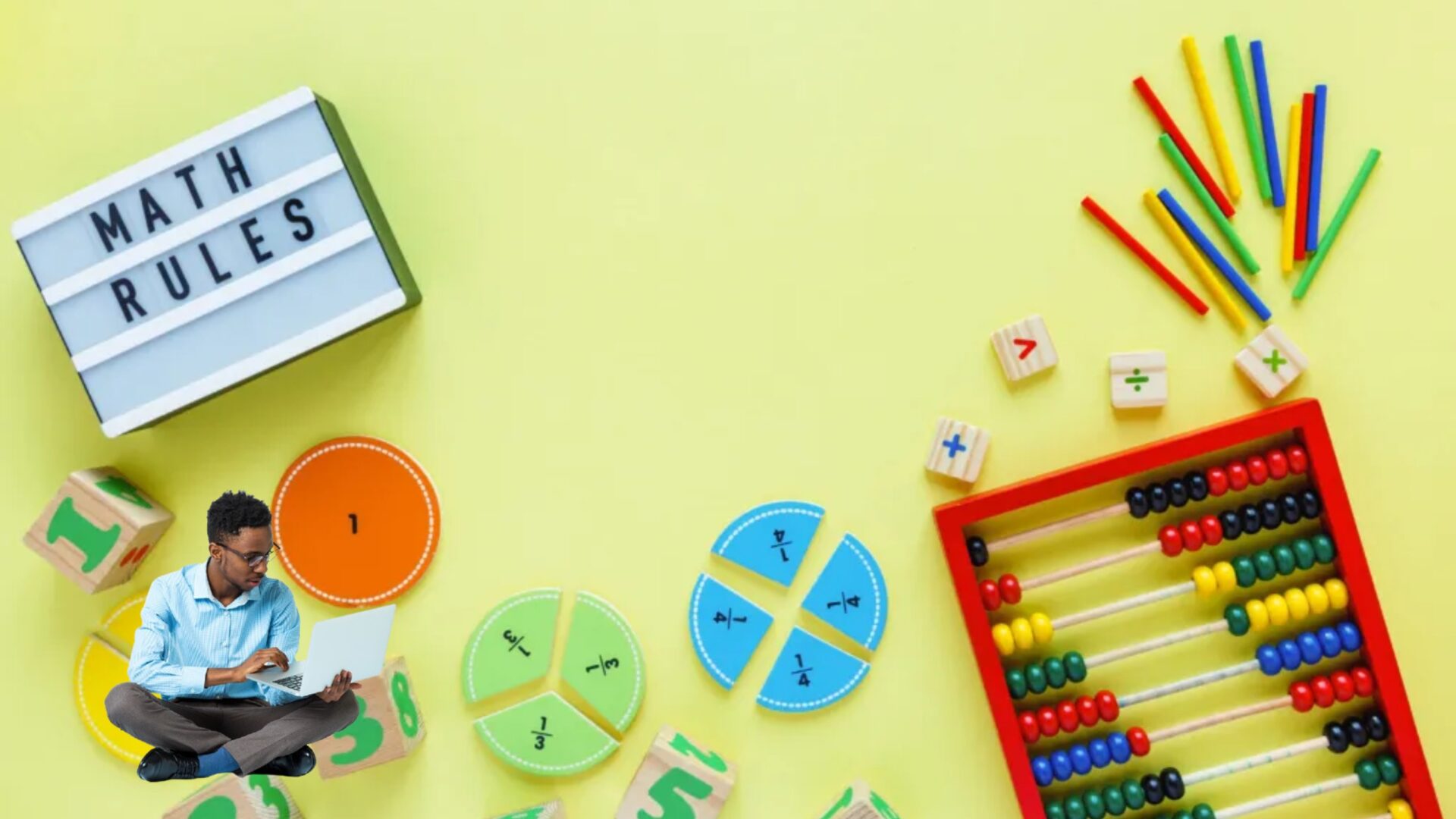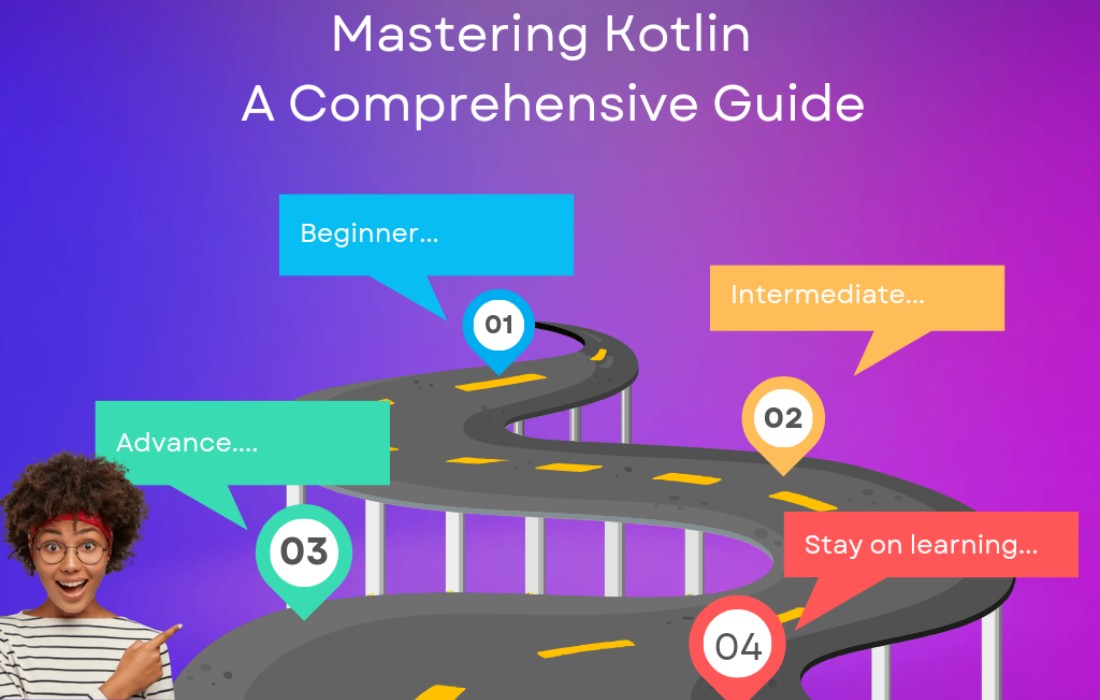A Beginner’s Guide to Kotlin Classes, Data Classes, and Constructors
Kotlin is a modern programming language that is concise, expressive, and designed to work seamlessly with Java. One of the core concepts in Kotlin, like most object-oriented programming (OOP) languages, is the use of classes and objects. Classes allow us to define the structure and behaviors of objects, while data classes add a specialized layer to store data efficiently.
In this post, we’ll explore how Kotlin handles classes, properties, member functions, data classes, and how you can work with constructors to create objects.
1. Kotlin Classes: Basics
In Kotlin, a class is a blueprint that defines the properties and behaviors of the objects created from it. To declare a class, we use the class keyword:
In the above example, we define a class called Customer. However, it doesn’t contain any properties or methods yet.
Properties in a Class
Properties define the characteristics of an object created from a class. You can declare properties in the class header (within parentheses), or inside the class body.
This class has two properties: id (which is read-only) and email (which can be modified).
Alternatively, you can declare properties inside the class body:
Default Values for Properties
Kotlin allows you to assign default values to properties, making it more flexible:
Creating Instances of a Class
To create an object (or instance) from a class, we use the constructor:
Here, contact is an instance of the Contact class with properties initialized through the constructor.
2. Member Functions in Kotlin Classes
In addition to properties, classes can have member functions that define behaviors. These functions are declared within the class body:
To call a member function, simply write the function name after the instance:
You can also use string templates to access the properties of the class in a string:
3. Kotlin Data Classes
Kotlin has a special type of class known as data classes, designed specifically for storing data. These classes automatically come with useful member functions like toString(), equals(), and copy().
To declare a data class, use the data keyword:
Common Functions in Data Classes
toString(): Provides a human-readable representation of an instance.
equals(): Compares two instances for equality.
copy(): Creates a copy of an instance, optionally modifying some properties.
4. Exercises to Practice Kotlin Classes
To solidify the understanding, here are some exercises to practice working with Kotlin classes and data classes:
Exercise 1: Employee Data Class
Exercise 2: Defining Additional Data Classes
Exercise 3: Random Employee Generator
Conclusion
Kotlin offers powerful tools for object-oriented programming, making it easier to create classes, store data in objects, and work with member functions. By using classes, data classes, and constructors effectively, you can write more concise and maintainable code. With this foundation, you’re well on your way to mastering Kotlin and applying it in real-world applications.
Happy coding!












